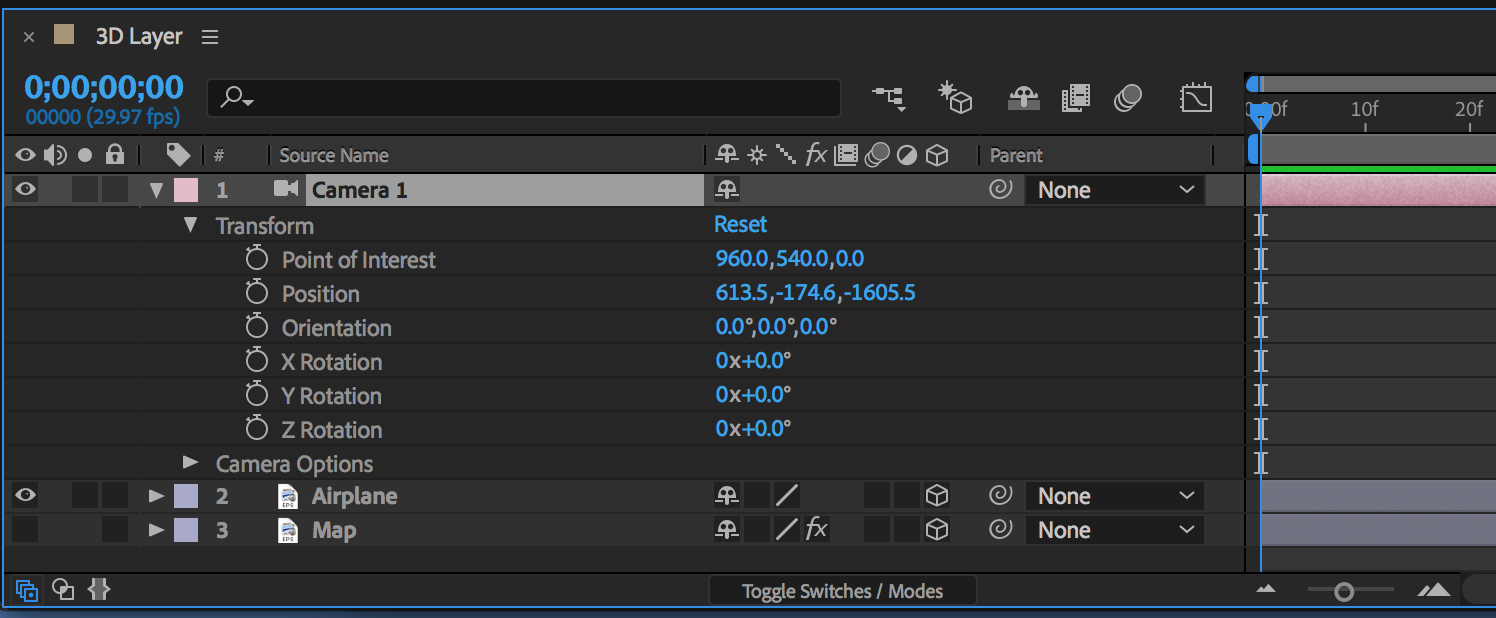Cover image via
The anchor point in After Effects is the point in which all transformations are manipulated from. In a practical sense the anchor point is the point in which your layer will scale and rotate around. While it may seem silly to have an anchor point and a position transform property both of these parameters do very different things. BatchFrame’s Move Anchor Point Tool for After Effects Gets New Features, Graduates to an Extension Even with snapping and the “Pan Behind” tool in After Effects, moving an anchor point on more than one object is taxing. Moving anchor points to precise locations locally or globally is something that is practically nonexistent in Ae.
Start studying Adobe After Effects. Learn vocabulary, terms, and more with flashcards, games, and other study tools. Adjustment to the anchor point of an object. 1 General (keyboard shortcuts) 2 Projects (keyboard shortcuts) 3 Preferences (keyboard shortcuts) 4 Panels, viewers, workspaces, and windows (keyboard shortcuts) 5 Activating tools (keyboard shortcuts) 6 Compositions and the work area (keyboard shortcuts) 7 Time navigation (keyboard shortcuts) 8 Previews (keyboard shortcuts) 9 Views (keyboard shortcuts) 10 Footage (keyboard shortcuts) 11.
How To Move Anchor Point After Effects
Check out these four techniques to precisely position and align graphic elements in your next Adobe After Effects project.
If you’re relatively new to Adobe After Effects then you might not feel completely comfortable with the interface. You can quickly get lost if you don’t know the ins and outs of the program. It can be particularly frustrating if you don’t know how to properly controllayers within the composition panel.
Perhaps you’re having trouble getting a graphic exactly where you want it. Or maybe you want to alignseveral shape elements with a title, but you just can’t figure it out. Check out the four tips and tricks below to get a better grip on how to use Adobe After Effects.
Understand Anchor Points
Move Anchor Point Tool After Effects
All layers have an anchor point, also known as a transformation point or the transformation center. This is an apt name because all of the transformations you perform on a layer are affected in relation to the anchor point’scenter. You can move an anchor point with the Pan Behindtool, or by adjusting the properties of the anchor point in the transform section. The anchor point is often located conveniently at the center of a layer. If it’s not, you can quickly move it there by selecting Layer > Transform > Center Anchor Point in Layer Content.
Manually Position Layers

If you’re working on a project where eyeballing a graphic’s position is insufficient, you can always manuallyposition the layer. To do this, first, choose the layer and then go to Layer > Transform > Position. This will bring up your position dialog box, which allows you to specify exactly where you want your layer to be on both the X and Y axes. Choose the location in a variety of different units, including pixels, inches, millimeters, or a percent of the source or composition. Bring up the position dialogue box with the keyboard shortcut Command+Shift+P.

Use Grids & Guides
While positioningassetsmanually can prove helpful, it can also quickly become cumbersome. If you’re working with multiple assets and you need more precision, you’ll want to harness the power of grids, guides, and rulers. Both grids and guides help you quickly align and snap assets to specific locations. Whether you’re trying to keep your graphics proportional or alignseveral elements, these tools can help. To use grids and guides, go to the Viewdrop-down menu or click on the grids and guides button in the composition panel. Customizegrids and guides in the Preferencespanel.
Align & Distribute Assets

If you aren’t already using the Alignpanel then it’s time to start. The tools in this panel allow you to perfectly positionsingle or multiple layers in After Effects. Quicklyalign a layer to the composition’s horizontal right, left, or center — or vertically to the top, bottom, or center. You can also alignlayers to other layers. This is especially useful when working with multiple text elements that need to be preciselypositioned. In addition to aligning, you also have several options to distribute layers vertically and horizontally.
